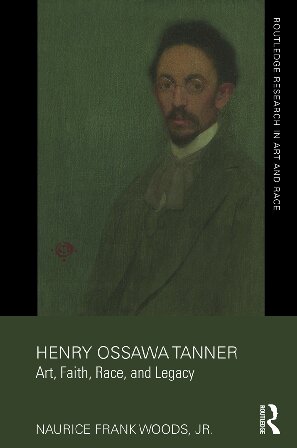

Most ebook files are in PDF format, so you can easily read them using various software such as Foxit Reader or directly on the Google Chrome browser.
Some ebook files are released by publishers in other formats such as .awz, .mobi, .epub, .fb2, etc. You may need to install specific software to read these formats on mobile/PC, such as Calibre.
Please read the tutorial at this link: https://ebookbell.com/faq
We offer FREE conversion to the popular formats you request; however, this may take some time. Therefore, right after payment, please email us, and we will try to provide the service as quickly as possible.
For some exceptional file formats or broken links (if any), please refrain from opening any disputes. Instead, email us first, and we will try to assist within a maximum of 6 hours.
EbookBell Team

5.0
40 reviewsOver the last forty years, renewed interest in the career of Henry Ossawa Tanner (1859–1937) has vaulted him into expanding scholarly discourse on American art. Consequently, he has emerged as the most studied and recognized representative of African American art during the nineteenth century. In fact, Tanner, in the spirit of political correctness and racial inclusiveness, has gained a prominent place in recent textbooks on mainstream American art and his painting, The Banjo Lesson (1893), has become an iconic symbol of black creativity. In addition, Tanner achieved national recognition when the Philadelphia Museum of Art in 1991 and the Pennsylvania Academy of the Fine Arts in 2012 celebrated him with major retrospectives. The latter exhibition brought in a record number of viewers. While Tanner lived a relatively simple life where his faith and family dictated many of the choices he made daily, his emergence as a prominent black artist in the late nineteenth century often thrust him openly into coping with the social complexities inherent with America’s great racial divide. In order to fully appreciate how he negotiated prevailing prejudices to find success, this book places him in the context of a uniquely talented black man experiencing the demands and rewards of nineteenth-century high art and culture. By careful examination on multiple levels previously not detailed, this book adds greatly to existing Tanner scholarship and provides readers with a more complete, richly deserved portrait of this preeminent American master.